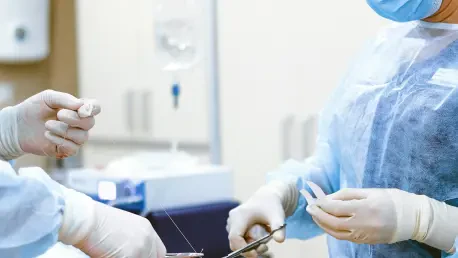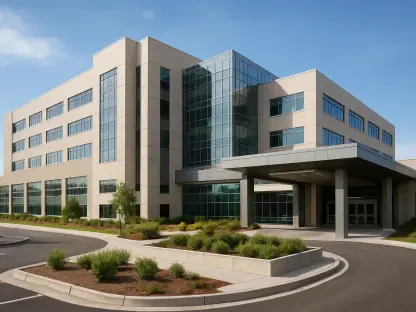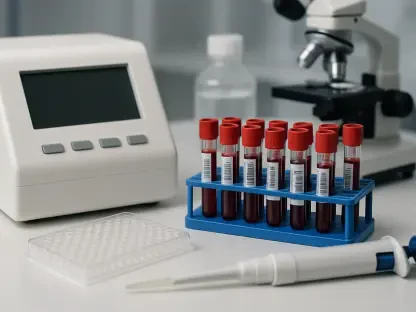Imagine a world where a routine surgical procedure like hernia repair, which affects over 1.5 million adults in the United States each year, becomes less invasive, less painful, and offers a quicker path to recovery. This is no longer just a vision but a reality with the advent of cutting-edge robotic technology. The Medtronic Hugo™ Robotic-Assisted Surgery (RAS) system has emerged as a game-changer in this domain, redefining how surgeons approach one of the most common operations. With its advanced features and proven clinical outcomes, this system is setting new standards in patient care. The significance of such innovation cannot be overstated, especially as the medical field continues to prioritize minimally invasive techniques that enhance precision while reducing recovery times. This breakthrough offers a glimpse into the future of surgery, where technology and human expertise combine to deliver unparalleled results for patients across the globe.
Advancing Precision with Robotic Technology
The Hugo™ RAS system brings a transformative edge to hernia repair by equipping surgeons with tools that elevate their precision to new heights. Unlike traditional open surgery, which often involves larger incisions and extended recovery periods, this robotic platform allows operations through tiny entry points, minimizing tissue trauma. The system’s three-dimensional visualization provides an intricate view of the abdominal cavity, enabling surgeons to navigate complex anatomical structures with remarkable accuracy. Such capabilities not only reduce postoperative pain but also shorten hospital stays, allowing patients to return to their daily lives sooner. Beyond the technical aspects, the system represents a shift in surgical philosophy, emphasizing patient-centric outcomes over conventional methods. Supported by a growing body of research, including nearly 300 independent publications by surgeons, the technology underscores a consensus on its efficacy. This marks a pivotal moment in how hernia procedures are performed, aligning with broader trends toward safer, more effective medical interventions.
Clinical Validation and Future Implications
Reflecting on the impact of the Hugo™ RAS system, the Enable Hernia Repair clinical study stands out as a landmark achievement that validated its potential. Conducted as the first Investigational Device Exemption study for robotic-assisted hernia surgery in the U.S., this multi-center trial with 193 patients demonstrated exceptional safety and effectiveness in both inguinal and ventral hernia repairs. The results surpassed expectations, as noted by leading medical experts, affirming the system’s reliability in real-world settings. This success, alongside other research like the Expand URO U.S. clinical study, highlighted a consistent pattern of positive outcomes. Looking ahead, the medical community can build on these findings by expanding training programs for surgeons and integrating such technology into more hospitals. The focus should remain on scaling access to these advanced tools, ensuring that more patients benefit from reduced recovery times and improved surgical precision. This milestone in robotic surgery paved the way for broader adoption, promising a lasting impact on patient care worldwide.









